The Last Farmers of Dakar
"Everything turns into the city. Everything turns into housing. Everything turns into industrial production. There is no more space for the rural."
In 2010, I traveled to Senegal’s capital city to investigate the disappearing farmlands of Dakar, and report on the challenges of feeding a rapidly growing city.
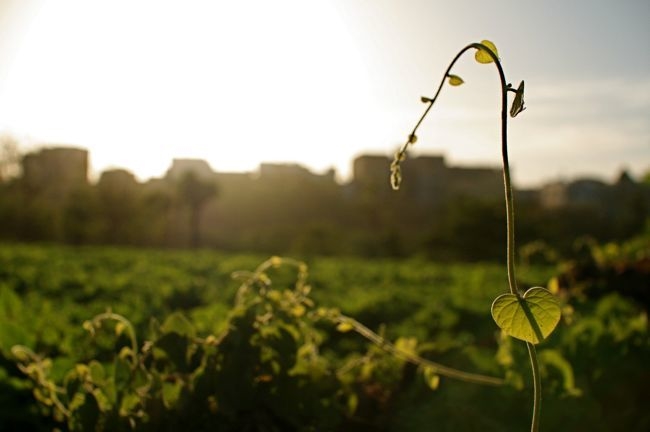
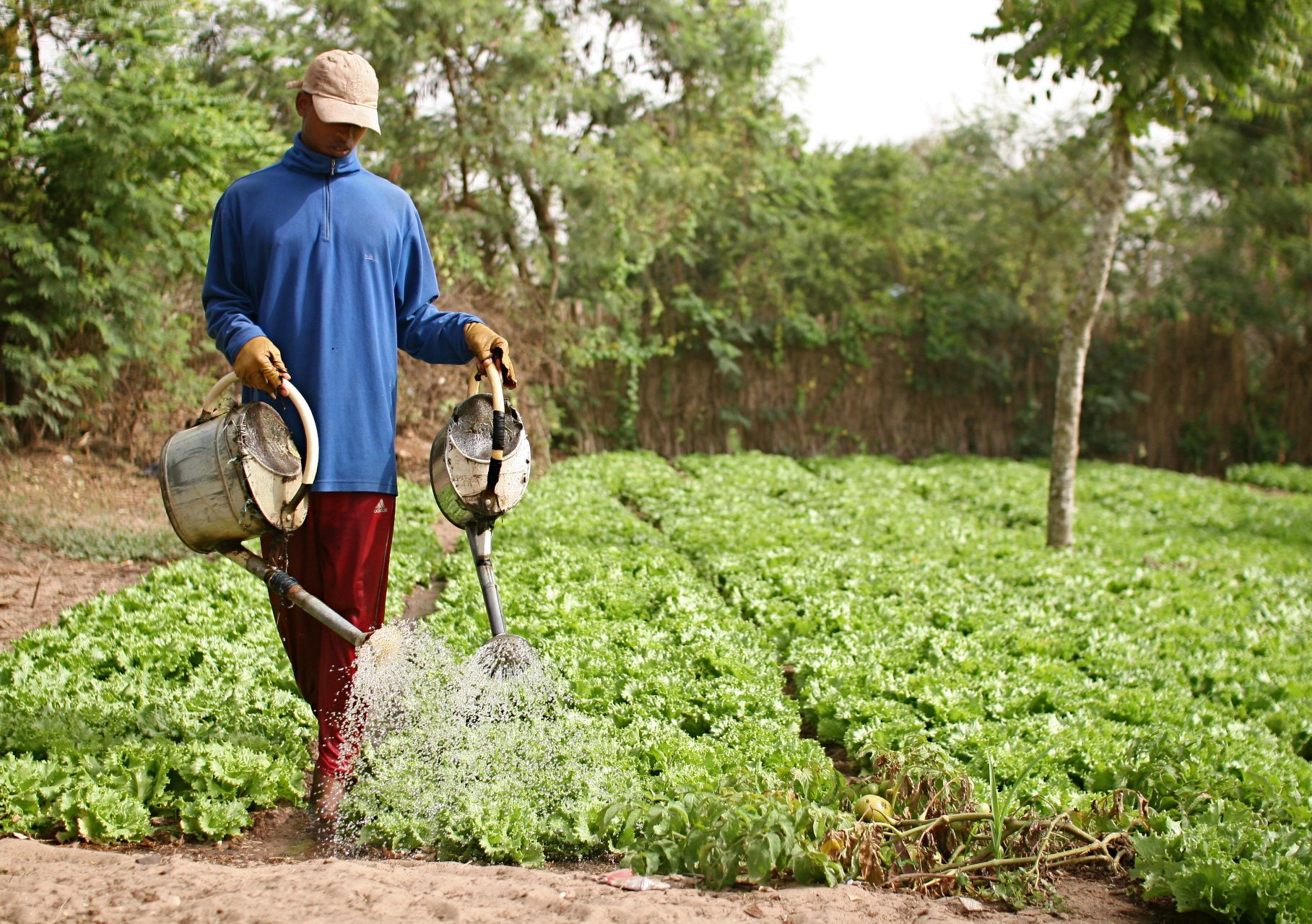
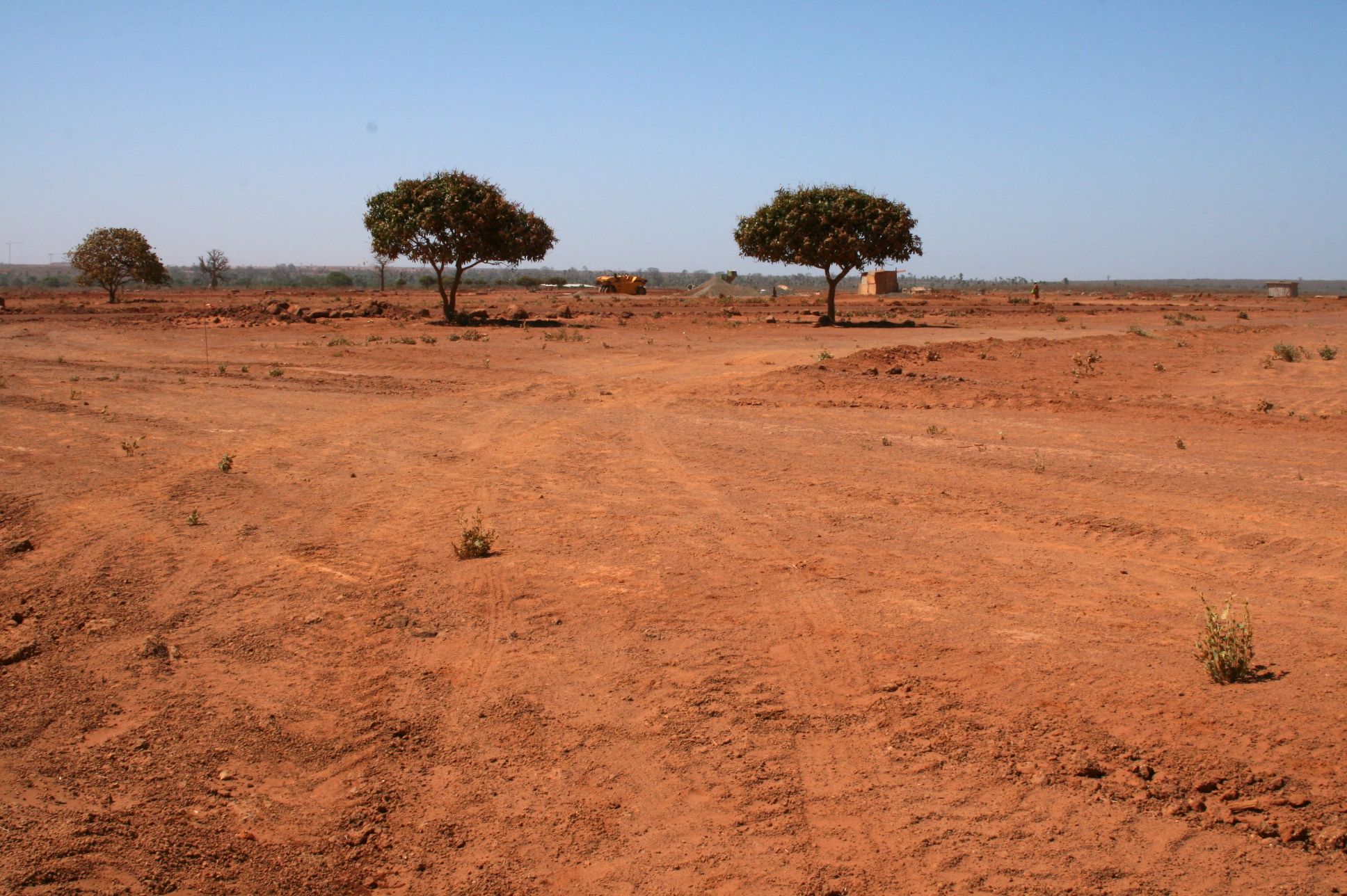
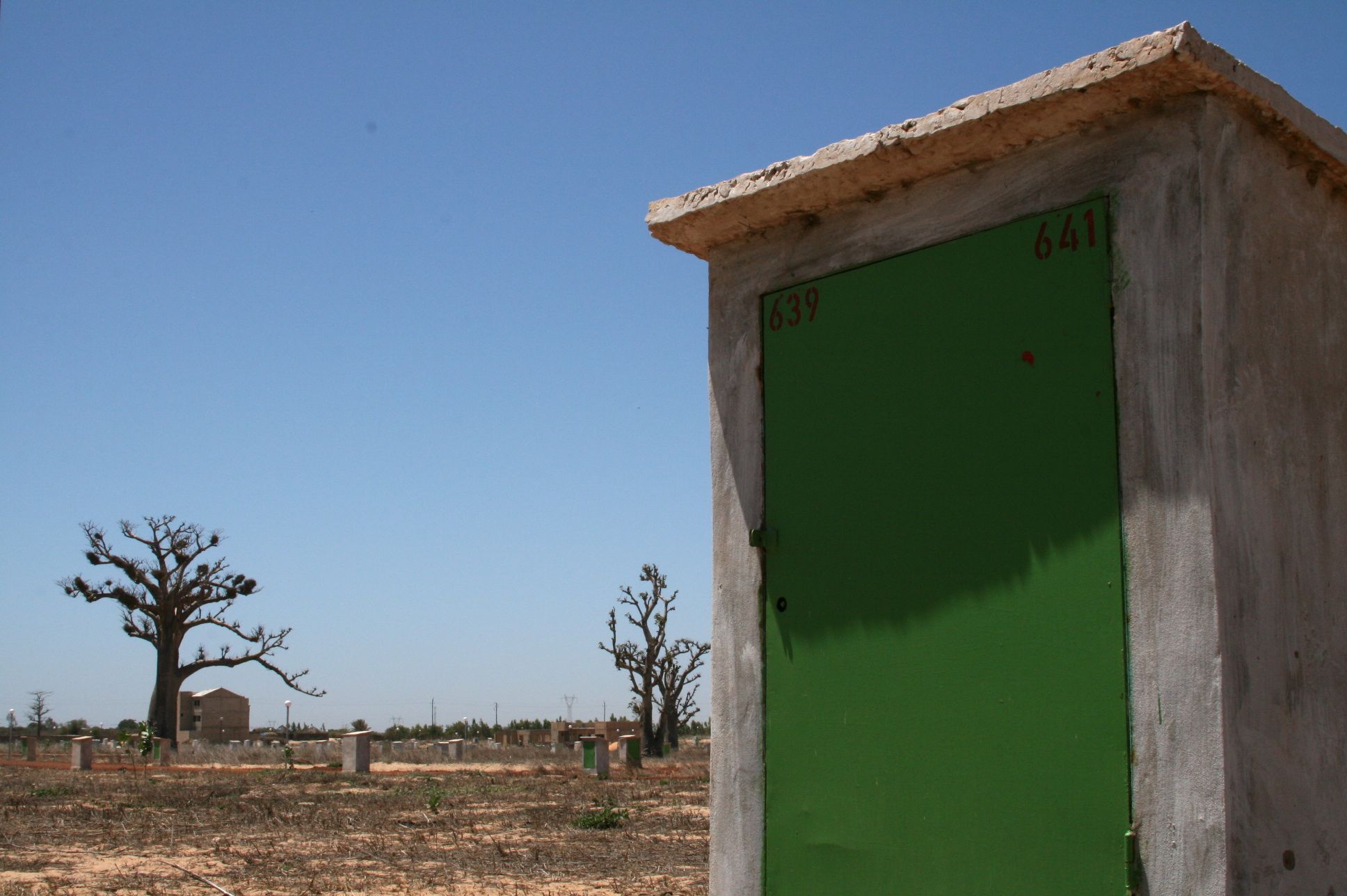
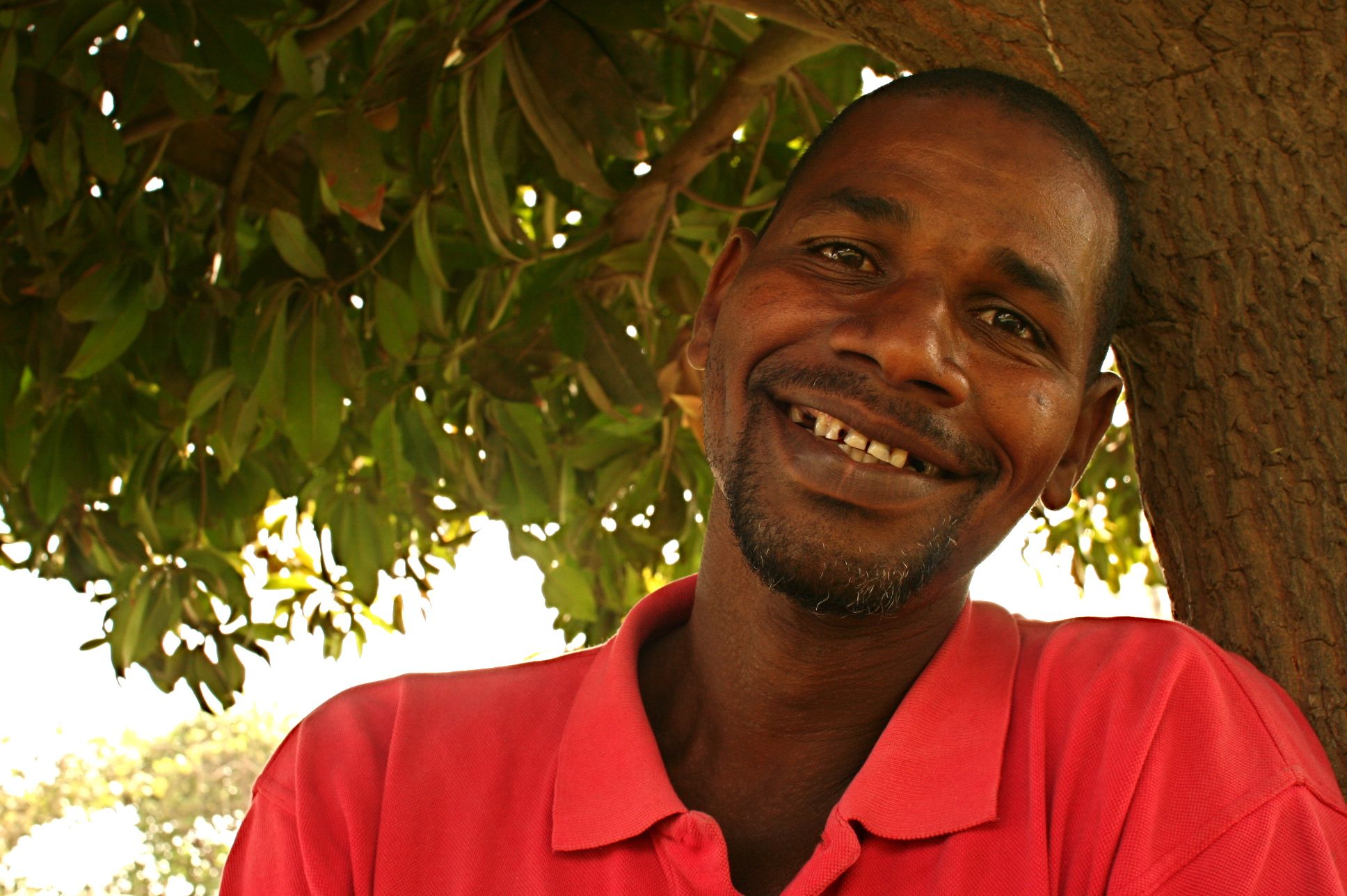
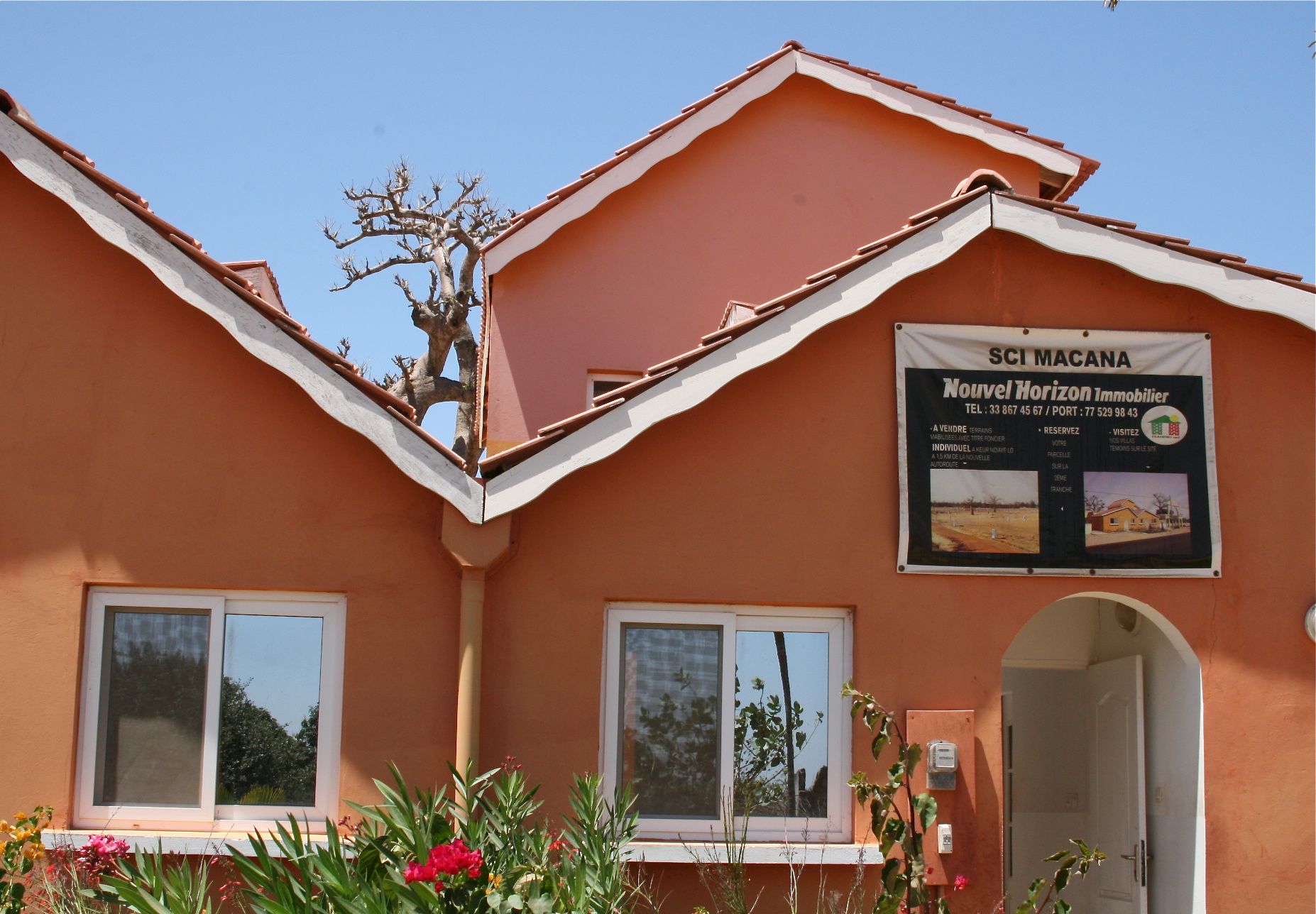
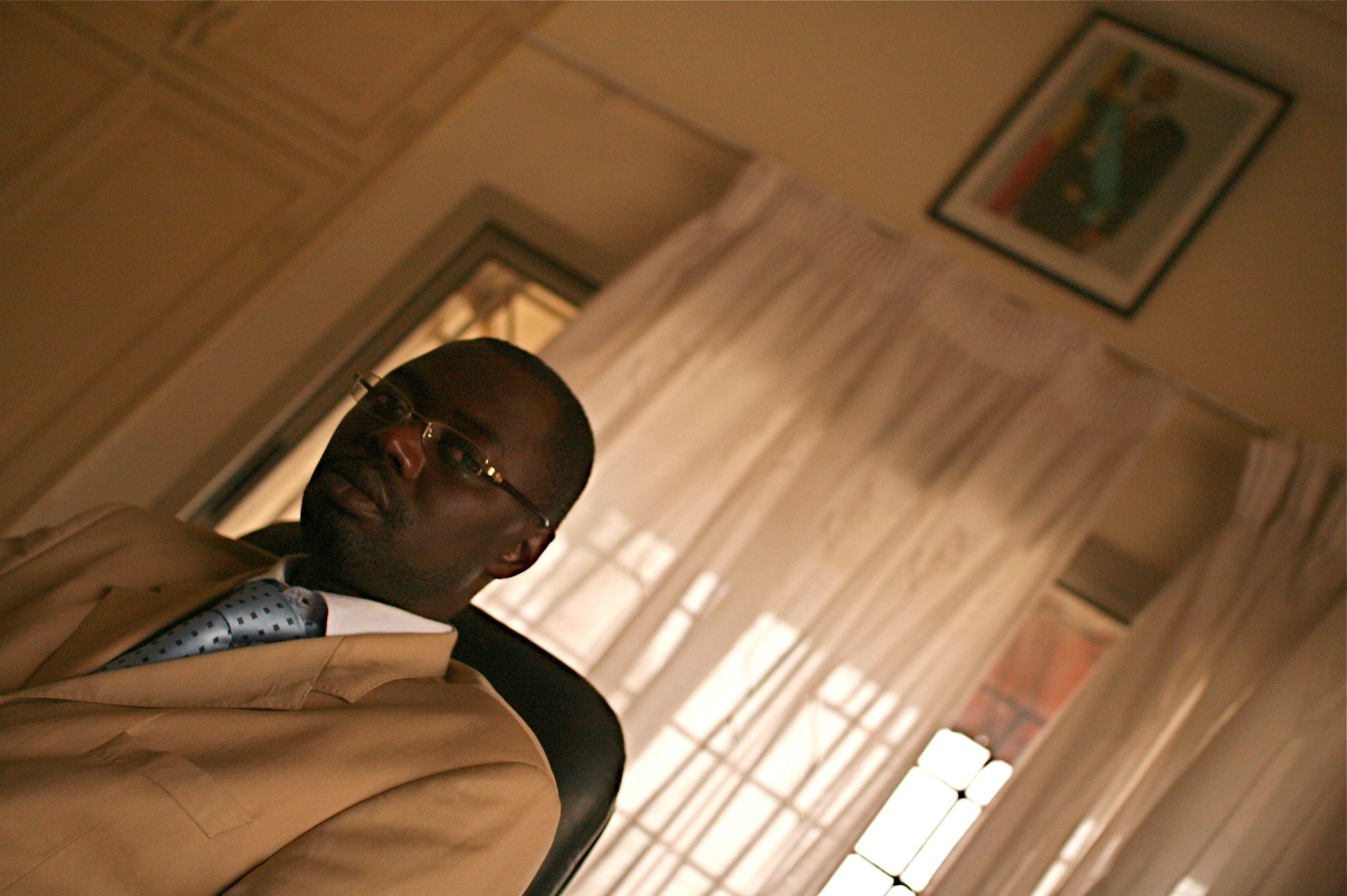
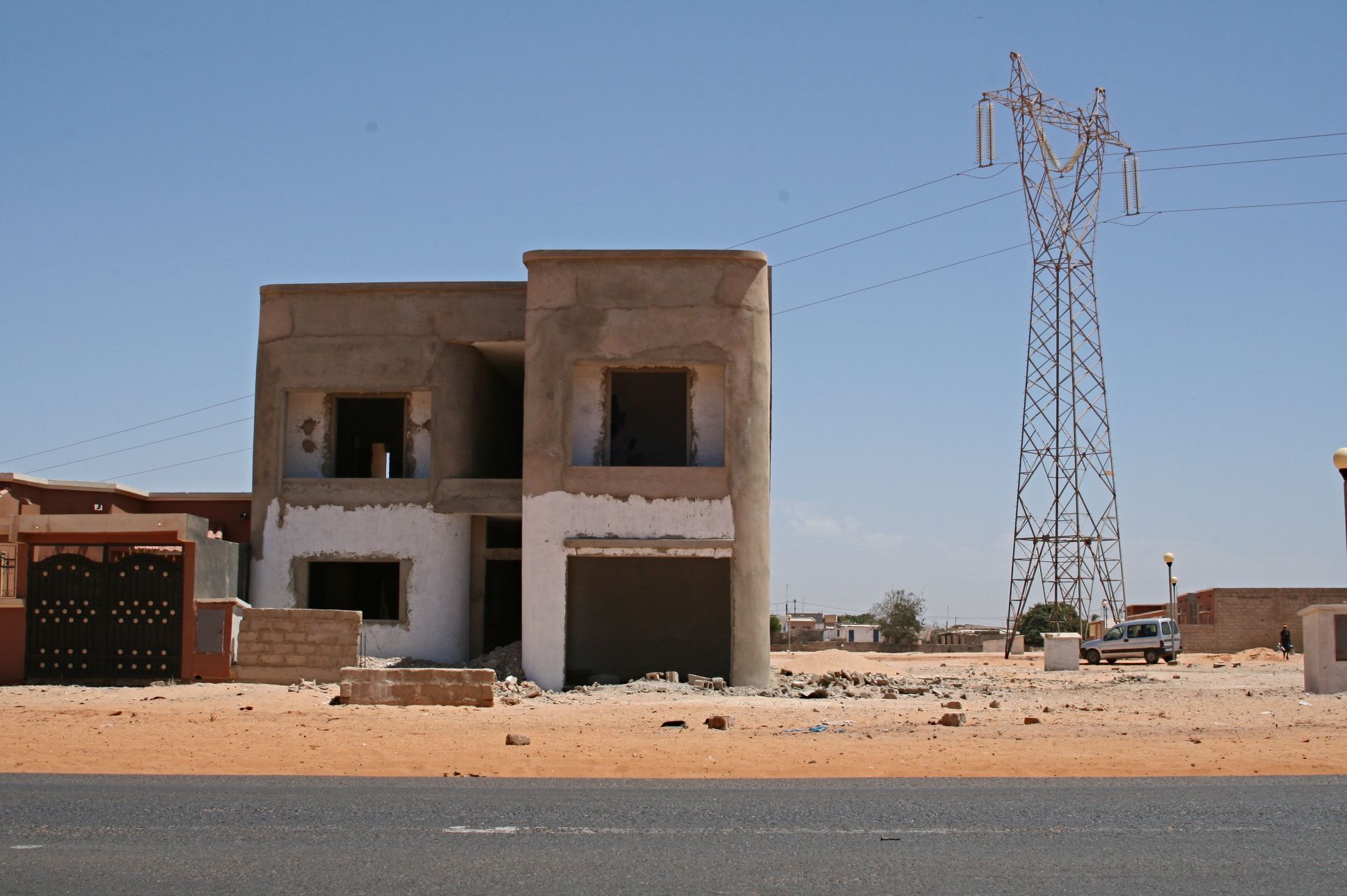
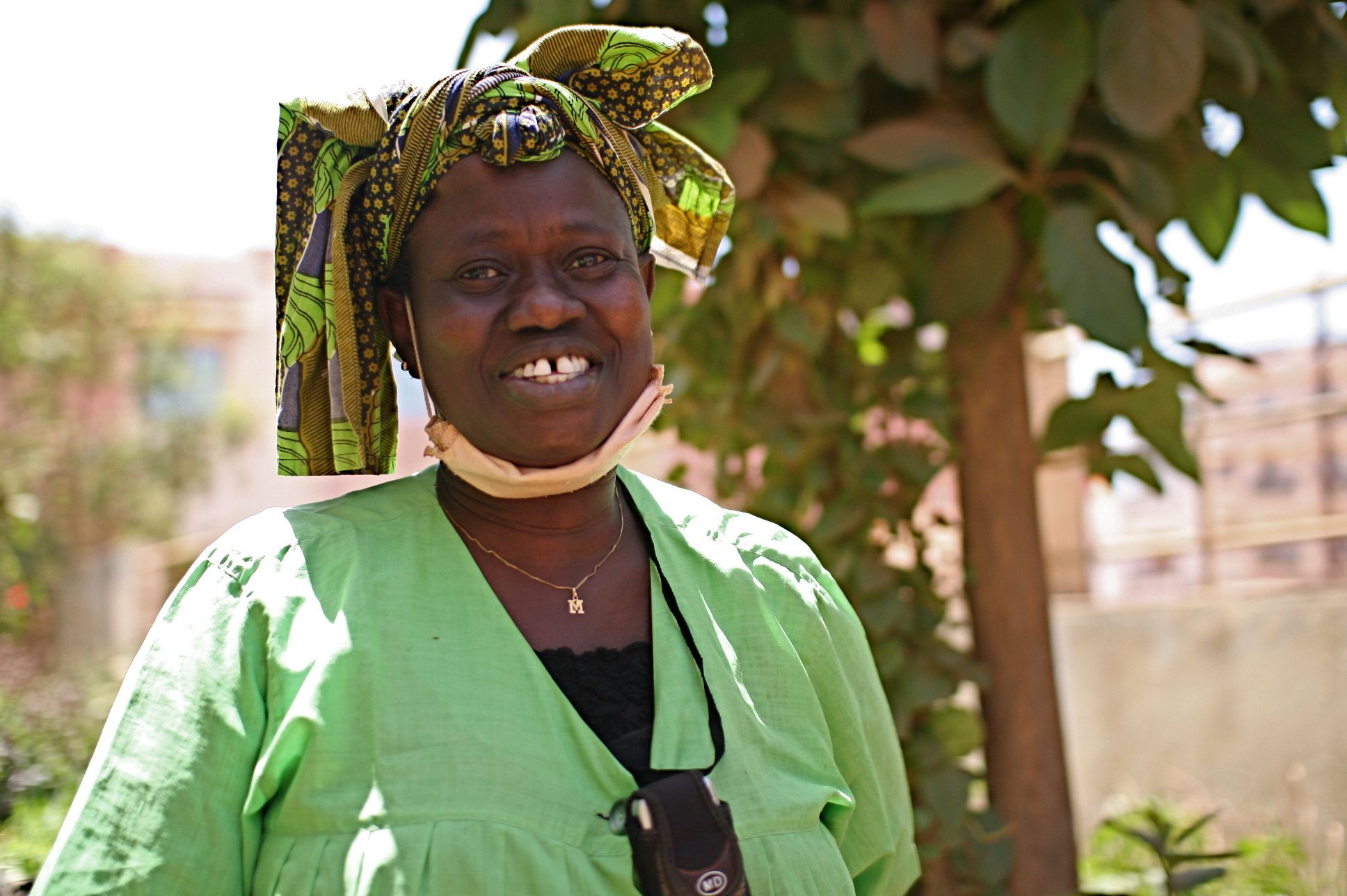
Underneath the poured concrete of Dakar’s new housing foundations, in the fertile earth of the Niayes Valley, lies a great riddle: How can Senegal feed its soaring urban population, when the farms that feed the capital city are being consumed by the city itself?
The question, in fact, goes far beyond Senegal—a West African country facing massive urban migration. Dakar appears quaint when compared to other African metropolises like Kinshasa and Lagos, whose populations top 9 million. The urbanization across Africa led to a major milestone: as of 2008, half the world’s population lives in cities. Africa, which was only one-quarter urban in 1975, is expected to reach that landmark itself by 2030. Senegal already has.
The worldwide spike in commodity prices in 2008 put a spotlight on the vulnerability of urban populations to food shortages, and drew massive attention to urban farming as one solution. But in Dakar, home to the country’s most fertile land, tensions between agriculture and urban development underscore the challenges of making “urban farming” a sustainable reality.
Click here to read the complete article, “The Last Farmers of Dakar,” published in Orion Magazine in 2012. For more photographs from my reporting trip, see my Dakar photoblog.
Reporting on urban farming in Dakar was carried out in 2010 as part of the Africa Reporting Project, a year-long program at the UC Berkeley Graduate School of Journalism dedicated to reporting on food and agriculture in Africa, and supported by a grant from the Bill & Melinda Gates Foundation.